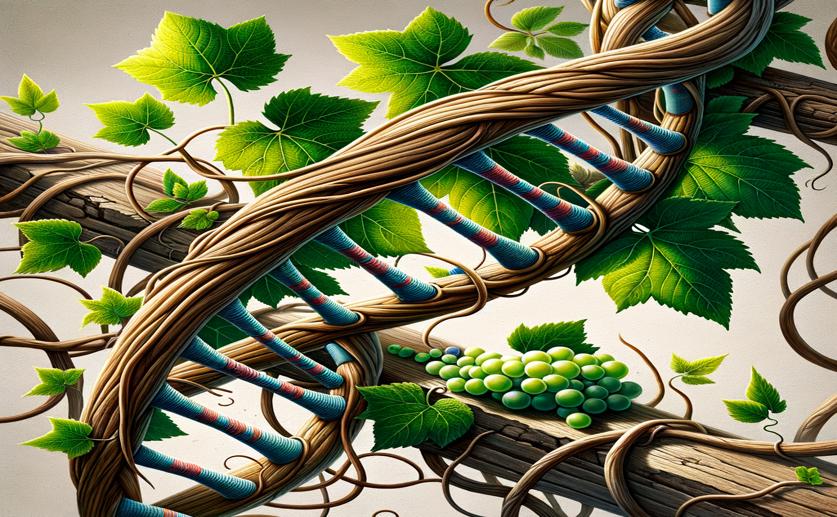
Unraveling the DNA Patterns at the Heart of Grapevines
Jim Crocker
26th March, 2024

Image Source: Natural Science News, 2024
Key Findings
- Researchers at Nanjing Agricultural University studied the genetic structure of grapevine centromeres
- They identified six unique DNA markers in grape centromeres, suggesting rapid evolution in these regions
- This work could help improve grape breeding by understanding traits inheritance and creating new varieties
GeneticsPlant ScienceEvolution
References
Main Study
1) The evolution and formation of centromeric repeats analysis in Vitis vinifera.
Published 24th March, 2024
https://doi.org/10.1007/s00425-024-04374-6
Related Studies
2) The complete reference genome for grapevine (Vitis vinifera L.) genetics and breeding.
3) Centromeres: From chromosome biology to biotechnology applications and synthetic genomes in plants.
4) Extrachromosomal circular DNA: A neglected nucleic acid molecule in plants.
5) Chorus2: design of genome-scale oligonucleotide-based probes for fluorescence in situ hybridization.



 9th March, 2024 | Greg Howard
9th March, 2024 | Greg Howard